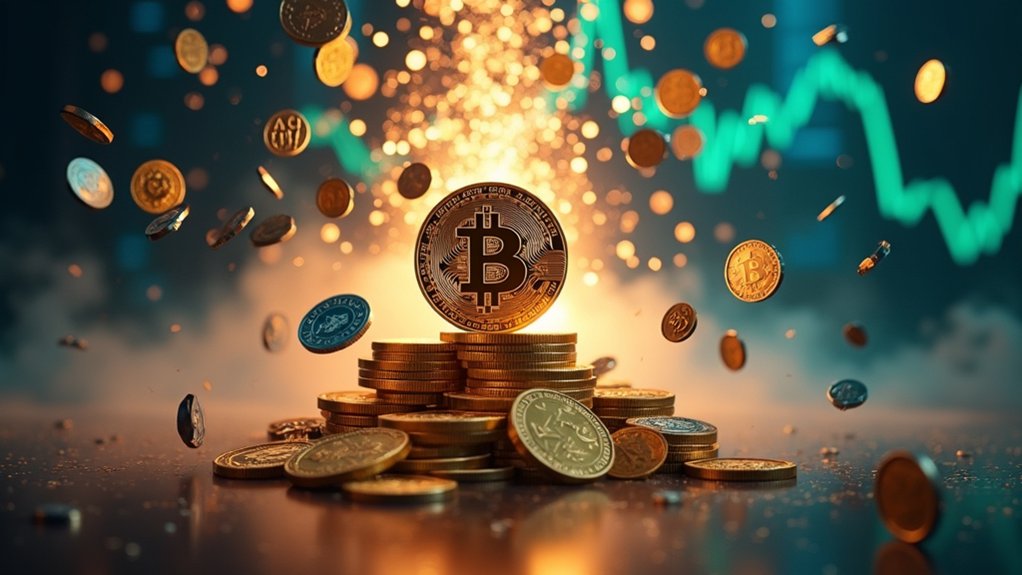How does one even begin to compare Bitcoin, the grizzled veteran of the crypto world, with the wild, unpredictable herd of altcoins? Bitcoin stands like an old, weathered oak, its roots deep in the idea of digital gold, a store of value that resists censorship with stubborn grit. Altcoins, though? They’re a chaotic carnival, buzzing with DeFi tricks, smart contracts on Ethereum, and gaming gimmicks that dazzle the eye. Picture Bitcoin as a rusty, reliable safe in a dusty attic, while altcoins flash like neon signs promising 100x gains—or spectacular crashes.
Now, consider the market’s heartbeat. Bitcoin commands 40-50% of the crypto market, a steady giant with less volatility than its younger rivals. Altcoins, those scrappy underdogs, often lag in early bull runs, only to explode in value when Bitcoin takes a breather. It’s like watching a seasoned boxer tire out, giving rookies a fleeting chance to land a wild punch. Yet, the risk stings—altcoins tempt with high rewards but carry the sour whiff of uncertainty. Bitcoin, bolstered by ETF approvals, feels like a warm, institutional handshake. Safer, somehow. Recent market trends suggest that Bitcoin’s dominance may soon wane if altcoins gain momentum during price stabilization or consolidation Bitcoin’s dominance wanes. Additionally, Bitcoin’s widespread adoption by merchants and institutions further solidifies its position as a trusted asset widespread adoption.
Technologically, Bitcoin clings to simplicity, prioritizing security over flashy upgrades. Altcoins, meanwhile, strut with innovation—Solana’s lightning-fast transactions, Monero’s cloak of privacy. It’s old-school grit versus new-age flair, a dusty ledger against a touchscreen app. Supply-wise, Bitcoin’s strict 21 million cap whispers scarcity, a ticking clock of halving events. Altcoins? Some, like XRP, flood endlessly, diluting value like watered-down soda.








